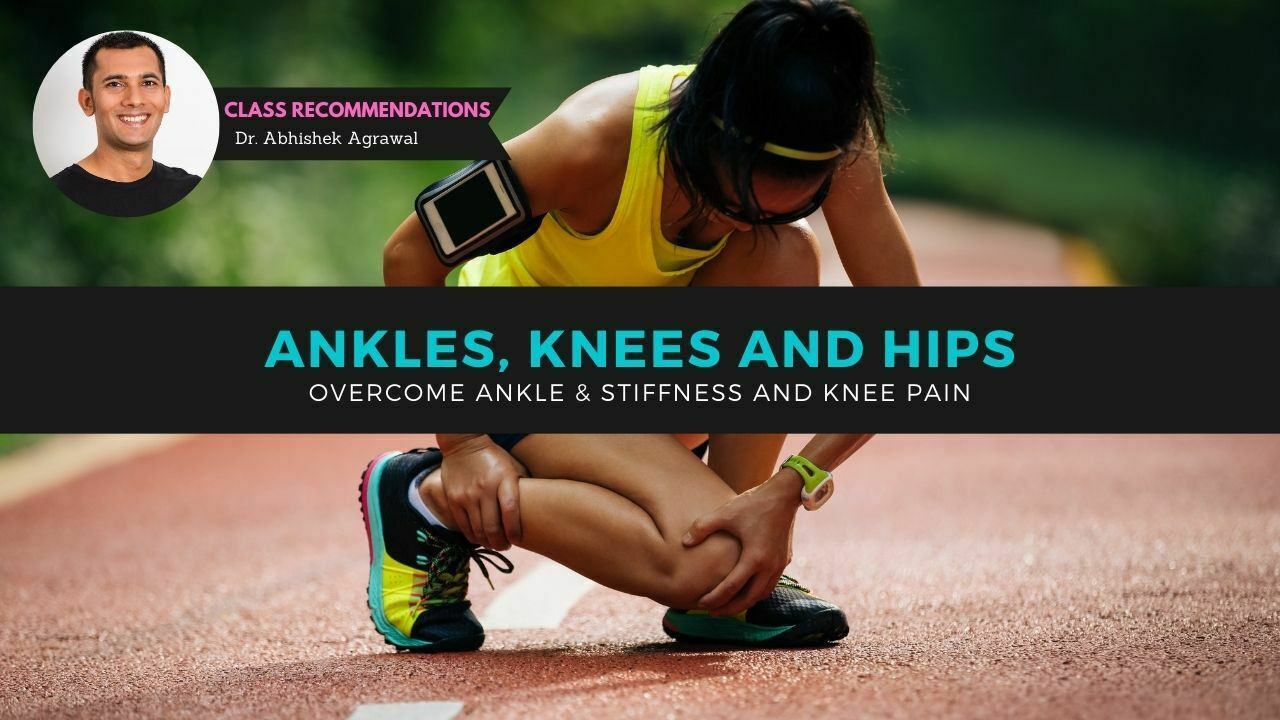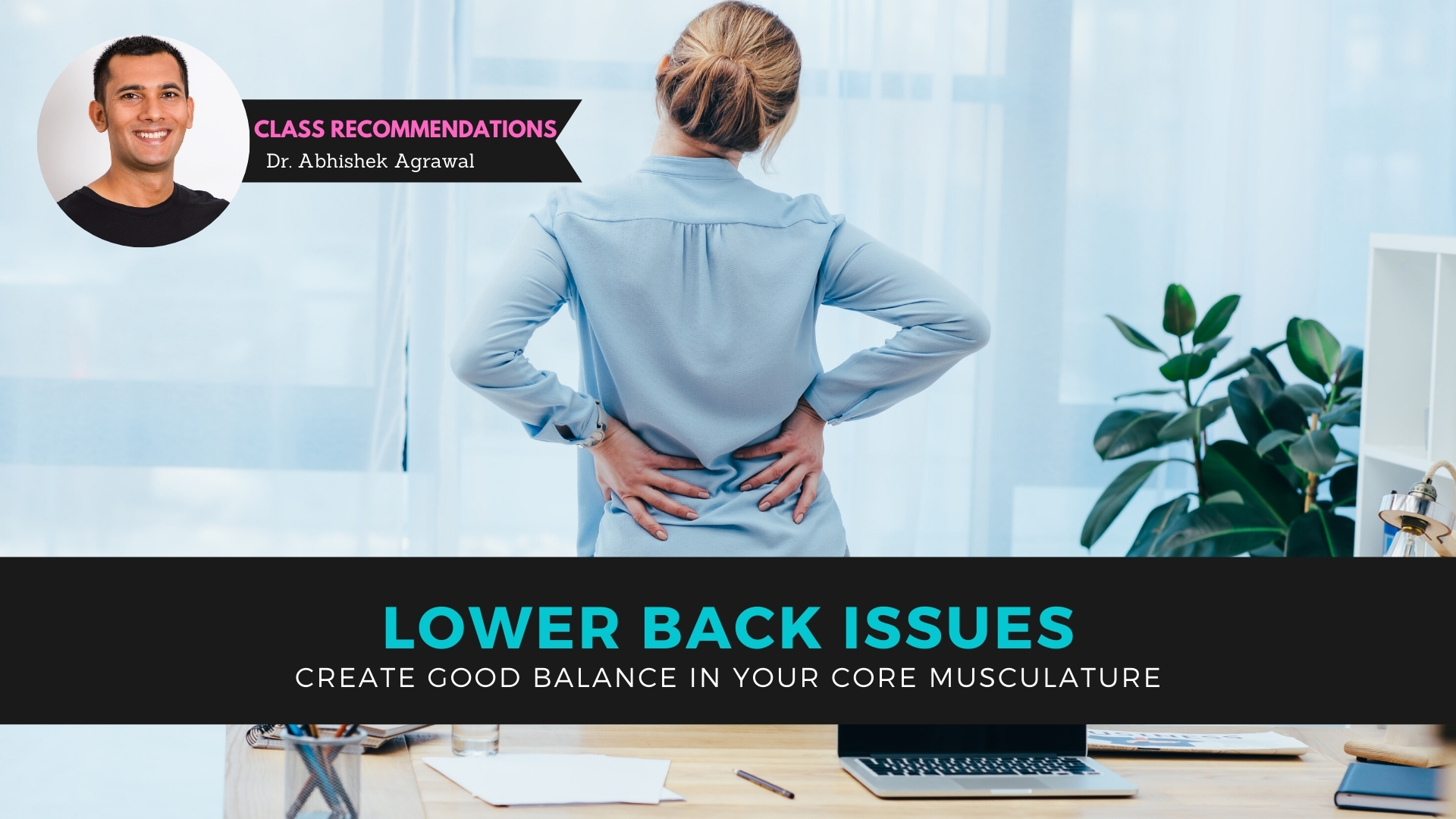Clinical Pilates vs Pilates Instructor Certification: What’s the Real Difference for Aspiring Instructors?
In a world where everyone seems to be jumping on the Pilates bandwagon, how do you stand out as a Pilates Instructor? Is mastering hundreds of exercises enough to help someone in pain walk better, sleep better, or regain confidence in their body? Or is there something more impactful than just learning a repertoire? Understanding the difference between Clinical Pilates and Pilates instructor programs is key if you want to help people improve posture, reduce pain, and move better in everyday life.
This brings us to a crucial comparison: Pilates Instructor Courses vs the Clinical Pilates Instructor Program offered at Abbysan Wellness Centre by Dr. Abhishek Agrawal.
If you’re passionate about movement and serious about helping people, not just get fit but actually transform, this deep dive will help you choose the right path for your teaching career.
1. Purpose and Philosophy: A Different Starting Point
Traditional Pilates training—classical or contemporary—focuses on preserving or adapting the original Pilates method. The goal is to help clients build strength, flexibility, and body awareness using a set repertoire of exercises on the mat and machines.
The Clinical Pilates Instructor Program, on the other hand, starts with a different question:
“How can we use movement to correct posture, reduce pain, and restore function in people with real physical limitations?”
Rather than fitting people into exercises, you learn how to use exercises as tools to fit the person. That’s a game-changer.
2. Anatomy & Biomechanics: Theory vs Practical Integration
Most Pilates instructor courses teach anatomy of each exercise—what muscles are working and what joints are involved. But in real-world teaching, especially when someone comes in with back pain or postural misalignment, this isn’t enough.
In the Clinical Pilates Instructor Course, you’ll:
- Learn practical, real-life anatomy through hands-on assessments.
- Understand biomechanics in motion, not just in textbooks.
- Spot functional dysfunctions and movement syndromes that others miss.
This allows you to guide people not just into exercises, but into progress.
3. Real Clients, Real Conditions, Real Results
Let’s be honest—most Pilates certifications prepare you to teach group classes or work in boutique fitness studios.
They don’t fully prepare you for working with:
- Seniors with limited mobility
- Postnatal women recovering from abdominal separation
- Cancer survivors regaining strength
- Desk workers with chronic neck and back pain
- Clients with scoliosis, disc injuries, or trauma
That’s where Clinical Pilates makes all the difference.
You don’t just learn what to teach—you learn who you’re teaching, why they need it, and how to deliver it. From the first day, your training is based on real-world problems, not hypothetical case studies.
4. Teaching Method: Repertoire vs Rehab-Centred Programming
In traditional Pilates training, the goal is often to learn a list of exercises and how to cue them correctly. While this structure has value, it is rigid, and the client is often made to fit into the method.
But when someone is in pain, recovering from surgery, or limited by fear or fatigue, you need to adapt quickly.
That’s exactly what the Clinical Pilates Instructor Program teaches you to do.
You learn how to:
- Assess movement patterns and postural deviations.
- Design programs that restore function before building strength.
- Use breath and alignment to create deeper, lasting support.
- Layer progression that feels safe and empowering, not overwhelming.
It’s not just another workout—it’s movement therapy with measurable impact.
5. Structure & Delivery: One-Time Certification vs Ongoing Climb
Many popular pilates instructor programs break their certifications into multiple expensive and time-consuming modules:
- Mat Certification
- Reformer Certification
- Cadillac/Chair/Barrels
- Injuries & Special Populations
By the time you’re certified across the board, it could take years and cost thousands of dollars, most of which you’ll rarely get to apply with actual clients.
Instead of chasing levels, why not focus on realistic, immediately applicable skills that make a difference from day one?
The Clinical Pilates Instructor Program is structured in just two focused levels, each with 100 hours of hands-on practice, observation, and teaching:
- Level 1 – Posture Pilates: Learn to assess posture, identify movement issues, and guide clients through Mat and Reformer-based pain relief and recovery exercises. You’ll also gain confidence in leading safe, personalised sessions for individuals and small groups.
- Level 2 – Advanced Clinical Pilates: Support clients recovering from injuries, trauma, or chronic conditions using advanced Reformer and Tower work. Learn to apply movement corrections and tailor programs for diverse needs, including post-surgery and special populations.
You graduate fully equipped to support people from all walks of life without needing endless certifications.
6. Master Trainer Access: Classroom vs Mentorship
In larger institutes, exposure to master trainers is limited. Students often learn in groups, watch demo videos, and receive minimal hands-on feedback.
But when you train directly under Dr. Abhishek, you’re not just another student in a crowd.
You get:
- Live observation of how he treats real clients.
- 1-on-1 mentorship that includes breakdowns of actual cases.
- Feedback on how you teach, assess, and apply knowledge.
- Ongoing support to facilitate your development after certification.
This kind of intimate mentorship is rare and priceless, especially for those looking to move beyond group class teaching into clinical or rehabilitation settings.
7. Career Outcome: Fitness Coach or Movement Specialist?
Let’s face it—the wellness industry is crowded. There are hundreds of Pilates instructors in every city.
But how many of them can:
- Confidently assess someone’s posture and design a rehab-based plan?
- Work with physiotherapists and doctors to support recovery?
- Prevent injury recurrence and optimise movement efficiency?
- Deliver life-changing outcomes in 3–6 sessions?
That’s the gap the Clinical Pilates Instructor Program fills.
You don’t just become a Pilates Instructor.
You become a:
- Posture specialist
- Movement therapist
- Postnatal and Rehab therapist
- Holistic wellness facilitator
This position allows you to work in clinics, rehabilitation centres, and corporate wellness programs or create your speciality studio, which offers high-value services that truly change lives.
8. Certification & Recognition: Brand-Driven vs Purpose-Driven
Power Pilates, BASI, and STOTT are recognised worldwide, mostly within the Pilates or fitness communities.
The Clinical Pilates Instructor Certification is offered by Abbysan Yoga & Wellness in Thailand, with American Accreditation Association (approval in progress). But beyond the name, what matters more is the depth of skill you gain and the real-world impact you can make.
The industry is shifting—from “how fit are you” to “how well can you move and live without pain.” This course prepares you to thrive in that future.
Conclusion: Which Path Is Right for You?
If you love Pilates and want to run group classes, build a studio, or stay within traditional fitness, a BASI, STOTT, or Power Pilates certification may be right.
But if you’re someone who also;
- Wants to work with injured, ageing, or postnatal populations…
- Believes that movement can be medicine…
- Seeks a deeper, more clinical understanding of how to help people heal…
Then the Clinical Pilates Instructor Program may be your calling.
Next Steps:
Explore the curriculum, ask questions, or click here to schedule a chat with Dr. Abhishek or WhatsApp us directly at +66 62547 5107 or call 0625322588
Whether you’re starting fresh or looking to expand your expertise, choose a path that empowers you to make real change.







